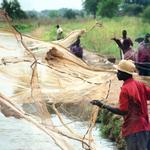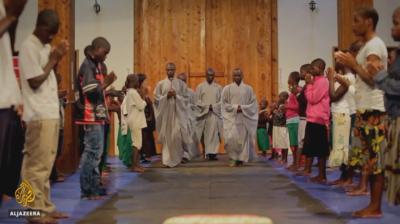Regional variation in livelihood strategies in Malawi
How to cite this publication:
Magnus Hatlebakk (2009). Regional variation in livelihood strategies in Malawi. Bergen: Chr. Michelsen Institute (CMI Working Paper WP 2009: 6)
Livelihood strategies are identified at the household level as a function of assets held, using survey data. Only endowments that are likely to be predetermined are included in the empirical analysis. As expected, land, household size, age and primary education turn out to be important determinants of livelihood strategies. It appears that the relatively equal land-distribution among small-holders in Malawi still allows some wealthier households, and force others, to do non-farm activities. This, in turn, may lead to small-scale development within villages. Furthermore, investment in primary education, taking into account the low initial level of education in Malawi, is probably a good investment for rural development. And, we find it promising that younger people are able to find non-farm livelihoods. It also turns out to be significant regional variation in livelihood strategies, with more diversification in the Southern region, and with regional variation in the role of ethnic and religious identity as determinants of livelihood strategies. It appears that lack of agricultural opportunities in the south imply that households do, maybe more low-status, salaried work and household businesses in this region. For some households this may still be a way out of poverty. The policy implications for the poorer Southern region are not obvious. But, to the extent feasible, the farmers may learn from the more productive farmers in the Central region, where there is more emphasize on cash-crop production.
Magnus Hatlebakk






